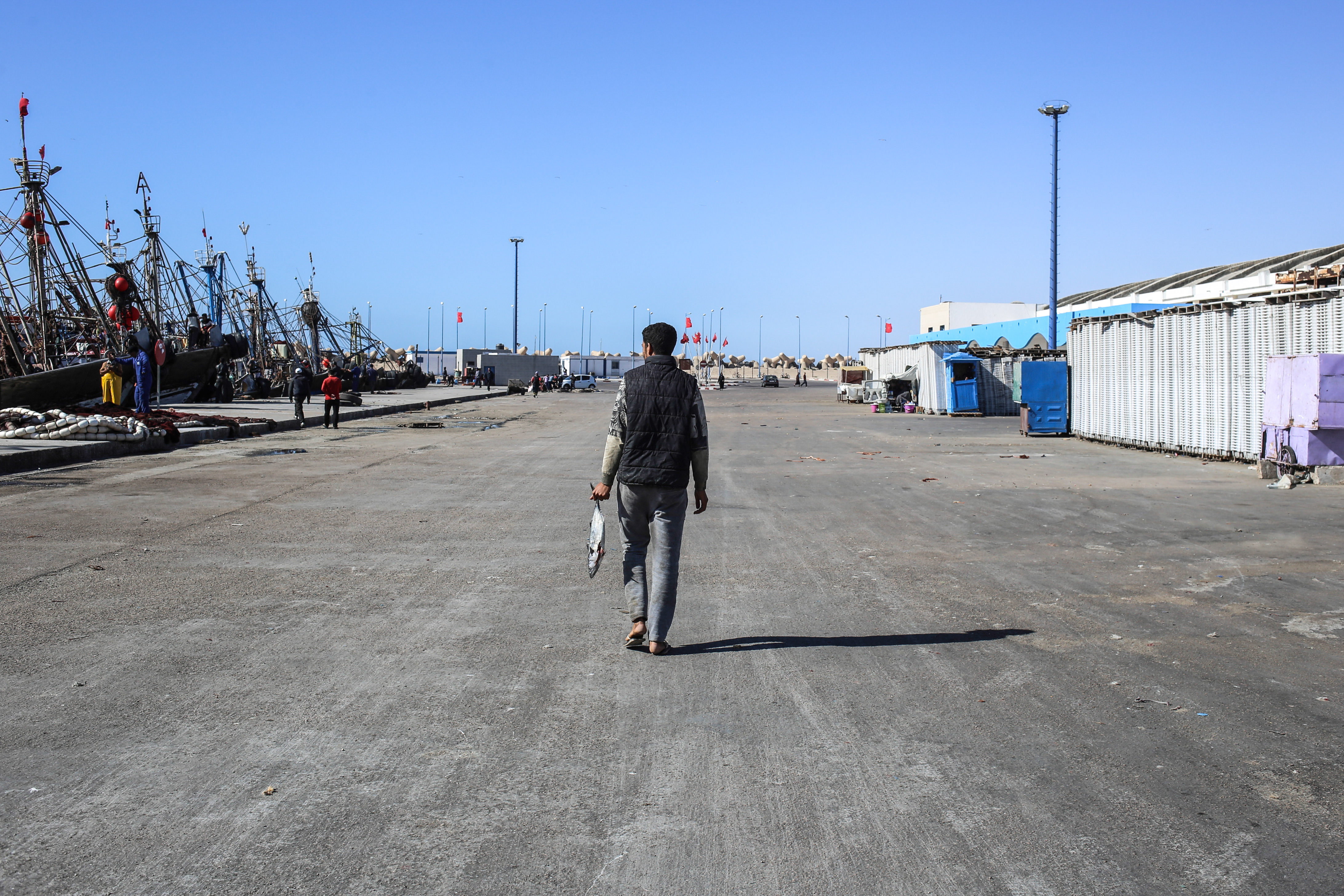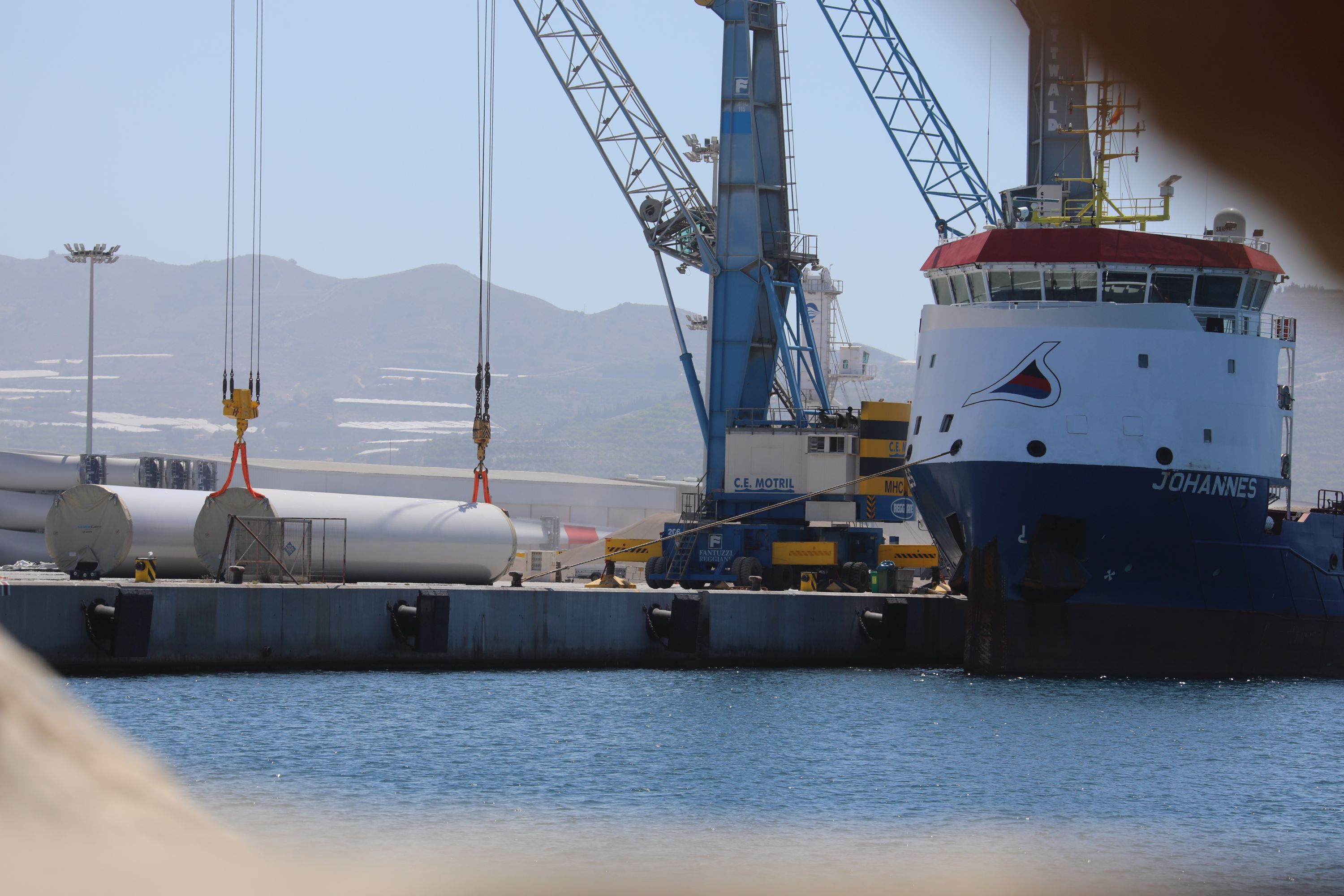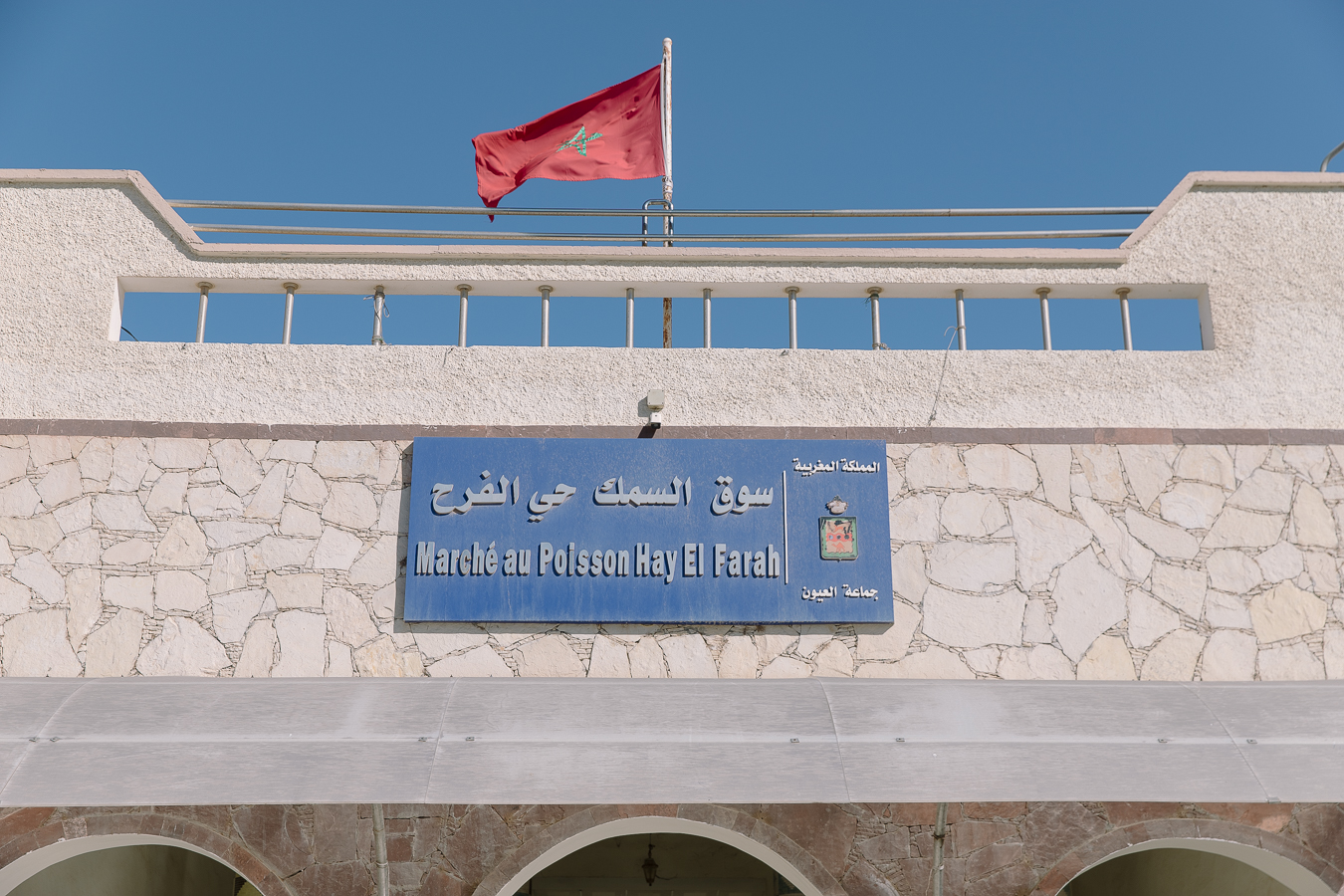
The controversial 300 MW Boujdour wind farm - owned by Enel and supplied by Siemens Gamesa - has been commissioned in occupied Western Sahara.
On 25 July, the Moroccan government announced (or download) that the 300 MW wind farm Boujdour II has become operational. The press release reads that all wind turbines of the farm have now been commissioned, at the same time as the activation of the Boujdour II transformation station, operating at 400/225 thousand Volts.
The wind farm is co-owned by Italian company Enel Green Power and Nareva, the Moroccan king's energy company. Together, these partners hold a 65% stake in the farm, with the remaining 35% held by ONEE, the Moroccan Agency for Electricity. The turbines have been provided by Siemens Gamesa. The produced electricity will be invoiced to ONEE, which states in its press release that this new development will ensure “stable and quality power for residents and the industry in the southern region”.
The Boujdour II wind farm is part of a contract won in 2016 by the consortium Enel Green Power, Siemens Wind Power and Nareva, foreseeing in the construction of 3 wind farms in Morocco proper, and 2 in occupied Western Sahara. Combined, these farms have a capacity of 850 MW - with about half of that planned for the occupied territory: the 300 MW farm in Boujdour, and a 100 MW farm for Tiskrad. The latter has not yet been constructed.
Boujdour II is the fourth wind farm to become operational in occupied Western Sahara. All four farms have a connection to the Siemens company family. The three already in place are:
- The 5 MW privately owned CIMAR wind farm, supplying energy to the cement grinding factory owned by HeidelbergCement, runs on turbines provided by Gamesa (which later merged into Siemens Gamesa, itself now fully controlled by Siemens Energy).
- The 50 Foum El Oued wind farm consists of mills supplied by Siemens.
- The 200 MW Aftissat wind farm, to which Siemens Gamesa provided parts.
Several other wind farms are in the planning stage: the 100 MW Tiskrad farm, 200 MW Aftissat 2 (project of General Electric), the 80 MW Ghrad Jrad farm (project of Voltalia), the 40 MW wind farm for the desalination plant in Dakhla (project of Engie), the 900 MW Harmattan Dakhla wind farm (project of Harmattan Energy Ltd) and the 200 MW Biranzarane farm (project of Green of Africa, a company in the portfolio of Morocco's current prime minister Aziz Akhannouch).
Somewhat confusingly, there is no wind farm of the name Boujdour I. There is however a 20 MW solar farm that is referred to as Boujdour I, or Noor Boujdour I: constructed by ACWA Power, the plant has been operational since 2018.
Western Sahara Resource Watch (WSRW) observed the first shipments to the new controversial Boujdour II farm from Bilbao and Motril in Spain in 2021. As Siemens Gamesa announced the contract, the company referred to the location as “Boujdour wind farm, located in the South of Morocco”.
WSRW has repeatedly written to the Siemens companies and to Enel.
WSRW requested information from Enel on 03.07.2013, 27.09.2016, 11.10.2016, 02.06.2020, 03.09.2021. The company has never responded to the key issues in the letters (see responses on letters 10.10.2016, 30.06.2020 and 13.09.2021).
WSRW wrote Siemens AG on 06.03.2012, 19.06.2012, 03.07.2013, 26.09.2016, 07.12.2017, and received response from Siemens AG on 10.05.2012, 10.10.2016, 08.01.2018. WSRW wrote Siemens Gamesa, 01.10.2018 and 20.08.2021. Siemens Gamesa wrote WSRW on 16.11.2018, 24.04.2020, 07.04.2021 and 27.09.2021. WSRW wrote Siemens Energy on 18.02.2021, Siemens Energy wrote WSRW 23.03.2021. Siemens Energy was confronted over the matter at the AGMs in 2021, 2022 and 2023, Siemens Gamesa at the AGM in 2022 and 2023, and Siemens AG at the AGMs in 2017, 2018, 2020.
There are several problematic aspects related to Morocco's illegal energy projects outside of its national borders. The energy produced on occupied land increases Morocco’s dependency on the territory that it occupies. As such, the projects fundamentally undermine the UN peace efforts in Western Sahara directed towards allowing the expression of the right to self-determination of the Saharawi people. The energy is used by industries that plunder the territory's non-renewable resources, and provides job opportunities attracting more settlers from Morocco. It may also, in time, be exported abroad, including to the EU.
See a complete inventory and dilemmas of the industry in WSRW's 2021 report ‘Greenwashing Occupation'.
Since you're here....
WSRW’s work is being read and used more than ever. We work totally independently and to a large extent voluntarily. Our work takes time, dedication and diligence. But we do it because we believe it matters – and we hope you do too. We look for more monthly donors to support our work. If you'd like to contribute to our work – 3€, 5€, 8€ monthly… what you can spare – the future of WSRW would be much more secure. You can set up a monthly donation to WSRW quickly here.
New report: Certified occupation
International certification standards embellish Morocco’s controversial trade with fisheries and agricultural products in occupied Western Sahara, new report documents.
Certification giant SGS points fingers elsewhere
SGS blames everyone else for mistakes on MarinTrust certificates it had issued to Moroccan companies in occupied Western Sahara.
New report: Greenwashing Occupation
Out now: WSRW today publishes a new report outlining the massive - and deeply problematic - renewable energy projects that Morocco is developing in occupied Western Sahara.
GMP+ does not check if “sustainable” fish is legally caught
The world’s largest certification scheme for “safe and sustainable animal feed” does not check whether its certified fish feed companies source from illegal fisheries in occupied Western Sahara, where catches violate the Saharawi people’s right to self-determination.



